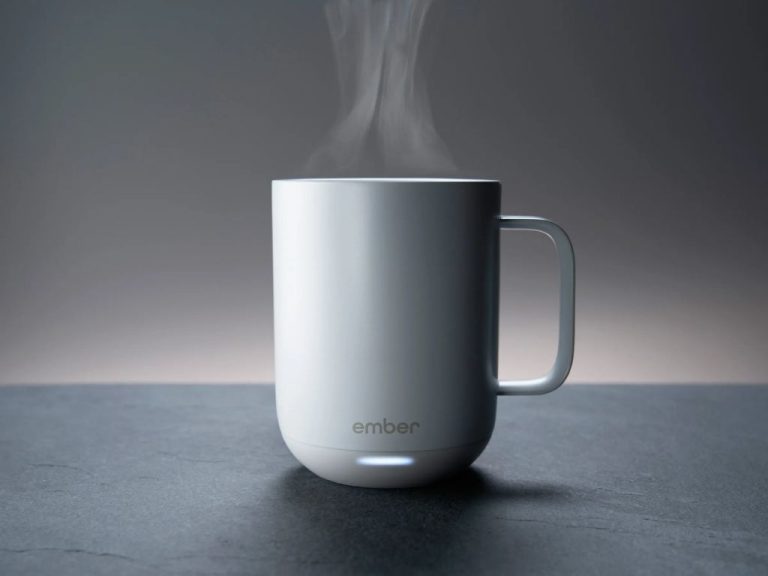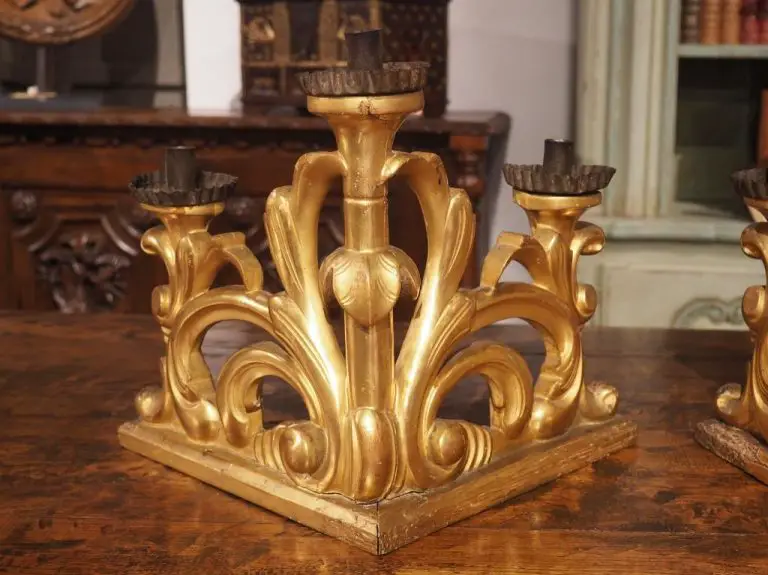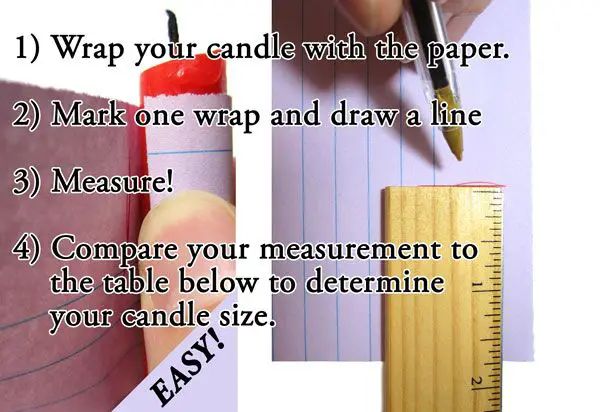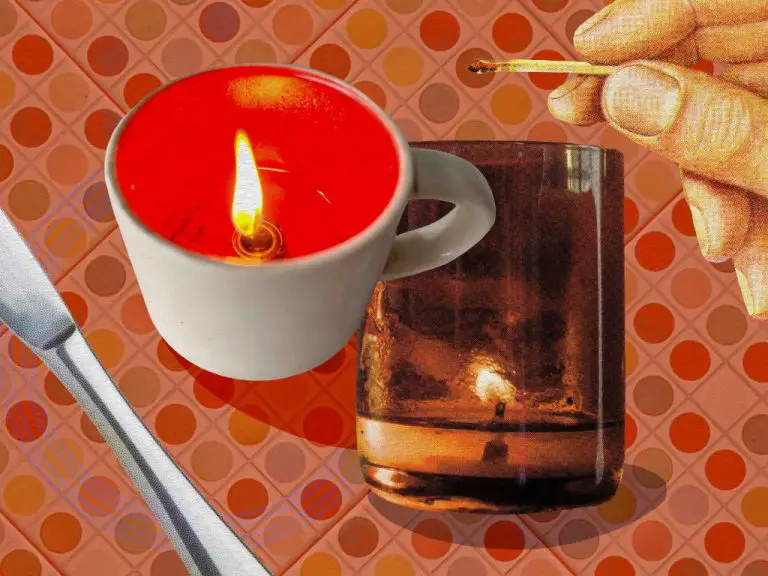What Can I Use As A Candle Vessel?
Candle vessels serve as containers to hold wax and a wick in order to create a candle. The vessel contains the melted wax and allows the candle to burn safely and efficiently. Candle vessels come in a wide variety of materials, shapes, and sizes. Selecting the right vessel is an important part of candle making, as it impacts the candle’s look, burn quality, fragrance throw, and more. Some common materials used for candle vessels include glass, metal, ceramic, wood, seashells, and stone.
This article will provide an overview of the most popular candle vessel materials and their key properties to consider when selecting a vessel for candle making. It will also cover creative household objects that can be upcycled into candle holders. With the variety of options available, there are vessel possibilities for any style of candle someone may wish to create.
Glass
Glass is one of the most common materials used for candle vessels. Some pros of using glass include:
- Glass allows the candle light to shine through attractively.
- Glass comes in many different shapes, sizes, and styles to suit any décor.
- Glass jars are readily available and affordable, especially when buying wholesale.
Some cons of glass vessels are:
- Glass can break easily if knocked over or handled roughly.
- The smooth surface offers less grip than textured materials.
- Glass can get very hot from the flame, creating a burn risk.
Common types of glassware used include mason jars, vases, drinking glasses, and decorative apothecary jars. Smooth, clear glass votives and cylinders are popular simple vessels. Frosted, colored, and patterned glass add visual interest.
For safety, avoid very thin, fragile glass. Look for thick, sturdy glass with a wide, stable base. Never leave a burning candle unattended in a glass container. Allow the wax to completely cool before moving a glass vessel to prevent cracking from rapid temperature changes.
According to CandleMakingSupplies.net, glass offers the best quality candle vessels at affordable wholesale pricing for candle makers.
Ceramic
Ceramic vessels are a popular choice for candles because they have several benefits:
- Ceramics are durable and long-lasting. They can withstand repeated heating and cooling from candle use without cracking or breaking down over time.
- Ceramic jars provide excellent heat resistance and protection. The material helps disperse heat and prevent scorching or soot on the walls.
- Ceramics allow creative customization with glazes, colors, and decorative patterns. Makers can create unique, artistic vessels.
- Candles in ceramic jars retain scent well thanks to the non-porous nature of the material.
Some potential drawbacks of ceramic vessels include:
- Weight – Ceramic jars tend to be thicker and heavier than glass.
- Opaqueness – Ceramics are opaque, so the candle flame isn’t visible.
- Cost – Due to production methods, ceramics often cost more than comparable glass vessels.
Common types of ceramic used for candle vessels include stoneware, porcelain, and terracotta. Stoneware has an earthy look and feel. Porcelain is thinner, smoother, and more delicate. Terracotta has a rustic style with red/orange hues from the clay. Glazes and decorative finishes can further customize the look.
Overall, the durability, customization options, and scent retention of ceramics make them an excellent choice. The potential extra weight and cost may need consideration.
Metal
Metal is a popular choice for candle vessels because it is durable, conducts heat well, and comes in a variety of styles. Some pros of using metal candle containers include:
- Good heat conduction – metals like tin, aluminum, and copper heat up quickly and distribute heat evenly as the candle burns.
- Durability – metal won’t break as easily as glass or ceramic vessels.
- Customizability – many metal vessels can be engraved or stamped with designs.
- Reusability – metal vessels can be cleaned and reused multiple times.
- Variety – metal candle vessels come in many shapes, sizes, and styles including tins, buckets, lanterns, and more. This source offers a wide selection.
Some cons of metal candle holders include:
- Cost – some metal vessels can be more expensive than other materials.
- Weight – metals like cast iron can be quite heavy.
- High heat – some metals like tin can melt if the candle burns too hot.
- Oxidation – metals like copper may oxidize or discolor from heat exposure.
Popular metals used for candle vessels are tin, aluminum, copper, stainless steel, and cast iron. Each material has its own properties. Tin is lightweight and affordable but may dent easily. Copper conducts heat very well but is prone to oxidation. Stainless steel has a modern look and is resistant to corrosion. No single metal is inherently better – choose one that fits your needs and aesthetic preferences.
Wood
Wood can make for beautiful and natural candle vessels. Some pros of using wood include:
- Wood comes in many different varieties, allowing for diverse visual styles. Popular types used for candle vessels include oak, maple, birch, pine, and cedar.
- Wood vessels give a rustic, earthy feel that can be decorative.
- Unfinished wood provides a smooth surface for removing candles.
- Wood is an affordable option that comes in many shapes and sizes.
Some cons to keep in mind with wood vessels:
- Porous, untreated wood may soak up fragrance oils.
- Flammability can be a concern with wooden vessels. Proper wicking and monitoring of burning candles is important.
- Wax can stain or stick to wood finishes or paints used to seal surfaces.
When using wood, avoid thin, flimsy materials prone to catching fire. Thicker, sturdier woods are safer options. Unfinished woods work best, as wood stains and varnishes may react with wax. Always check that wicks are trimmed to proper length before burning candles in wooden vessels.
Sources:
https://www.amazon.com/wooden-candle-containers/s?k=wooden+candle+containers
https://urbantreecompany.shop/products/candle-holders
Shells
Seashells make for beautiful and natural candle vessels. Popular shells used include sand dollars, scallop shells, clam shells, and oyster shells (https://bluepoppydesigns.com/products/oyster-shell-candle-13oz-matte-white-ceramic-candle-vessel). The ridges and swirls of the shells create a visually stunning holder for candles.
Pros of shell candle vessels:
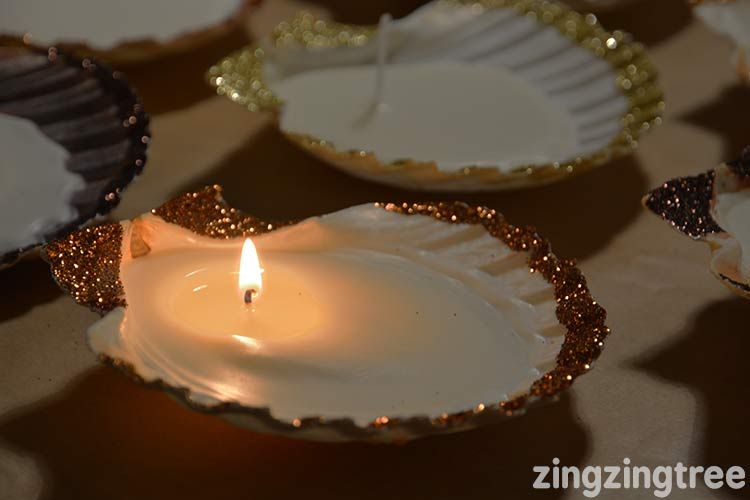
- Natural material that brings the beach and ocean indoors
- Each shell is unique in shape and pattern
- Interesting texture and appearance
- Eco-friendly and sustainable
Cons of shell candle vessels:
- Can be expensive, especially for large shells
- Delicate and prone to breaking if dropped
- Opening at top may be small and only fit tealight or votive candles
- May have an ocean scent
When using seashells, it’s important to check for cracks and stability to prevent leaking wax. Smaller shells work best for tealight candles while larger shells can hold pillar candles or jars. Seashell candle vessels bring coastal charm wherever they are displayed.
Stone
Stone makes for a unique and decorative candle vessel. Some pros of using stone for candle vessels include:
- Stone is heat resistant and can withstand high temperatures from candle flames.
- Natural stone comes in a variety of beautiful colors, patterns, and textures like marble, soapstone, granite, etc.
- Stone vessels have an elegant, high-end look and feel.
- Stone is durable and long-lasting.
Some cons to consider are:
- Stone can be heavy, especially for larger candle vessels.
- Natural stone is porous so will need to be sealed to prevent wax from penetrating.
- Stone vessels are breakable if dropped.
- Natural stone can be expensive compared to other materials.
Popular types of stone used for candle making include marble, soapstone, granite, sandstone, and others. Marble comes in colors like white, gray, pink, red, green, and black veins. Soapstone has a smooth, soft feel and comes in various shades of gray. Granite is hard and durable, available in speckled colors like blue, pink, black and white.
When selecting a stone vessel, be sure it is 1-2 inches wider than the candle diameter to allow heat to dissipate. Look for stone that has been pre-sealed or prepare to seal it prior to use. This prevents wax from penetrating the porous surface. Stone vessels should be placed on a heat-resistant surface when in use.
With its natural elegance and style, stone creates a striking candle holder to enjoy for years to come. Sources: Luxe Onyx Refillable Candle Vessel – Good Roots
Creative Materials
One creative way to reuse items as candle vessels is to repurpose food cans and jars (https://www.pennandbeech.com/pages/how-to-reuse-candle-vessels). Glass jars that originally contained jams, sauces, or other foods make great vessels for candles. Make sure to thoroughly clean and dry the jars before pouring wax into them. You can decorate the outside of food jars with paint, twine, ribbons, or other embellishments to create unique candle holders.
Tin cans from food like beans, tomatoes, tuna, etc. can also be transformed into candle vessels. Remove the paper label, cut off the top rim of the can, and clean thoroughly before using. Vintage tins often have beautiful designs printed on them that show through the wax. For safety, place a smaller glass or metal container inside the tin to hold the candle wax.
With some creativity, many everyday containers and jars found around the home can provide charming, economic vessels for handmade candles (https://jarstore.com/blog/?p=what-to-do-with-old-candle-jars).
Best Practices
When choosing a vessel for candles, it’s important to consider safety. Some key tips include:
Opt for non-flammable materials like glass, metal, or ceramic. Avoid plastic or paper which can melt or catch fire (https://www.candlemakingsupplies.net/candle-safety-tips). If using wood, make sure it’s sealed properly.
Don’t use materials that can absorb wax like unglazed clay or terra-cotta, as this can cause cracks or leaks (https://www.lifenreflection.com/safe-candle-containers-for-candle-making/).
Look for heat-resistant vessels made specifically for candles. General glassware or ceramic containers may not withstand high temperatures.
Always check for cracks, chips, or flaws in vessels before pouring wax. Discard anything damaged to prevent breakage or leaks.
Give vessels a wash before use to remove dust and oils. This helps wax adhere properly.
Maintain proper wick length, wax volume, and burn time to prevent overheating vessels. Never leave candles unattended.
Allow candles to cool completely before moving to prevent spills. Handle vessels carefully after pouring hot wax.
Consider FDA regulations on candle making when selling commercially. Proper warning labels are required (https://www.fda.gov/cosmetics/cosmetics-compliance-enforcement/cpg-sec-450200-conditions-use-candle-wick).
With the right vessel materials and safety practices, you can safely enjoy beautiful, homemade candles.
Conclusion
There are many common household materials that can be repurposed as candle vessels. Glass containers like jars and vases make classic and safe choices. Ceramic mugs, bowls, and plates can also work well. Tin cans and other metal containers conduct heat, so handle with care. Small wooden bowls or cups and seashells make creative natural options. Smooth stones can be hollowed out for tealight vessels. Even eggshells can be used for tiny candleholders.
The best material for you depends on what you have available and the type of candle being used. Heat-resistant nonflammable materials like glass and ceramic work best for larger candles and longer burn times. Metals and stones should only be used with votive or tealight candles. Natural materials like wood, shells, and eggshells look beautiful but may be prone to scorching. Always check that the vessel opening is wide enough for the candle but not so wide that the flame is unsafe.
With creativity and care, many ordinary household items can be upcycled into charming candleholders. Consider your needs, safety, and personal style when selecting a candle vessel.

